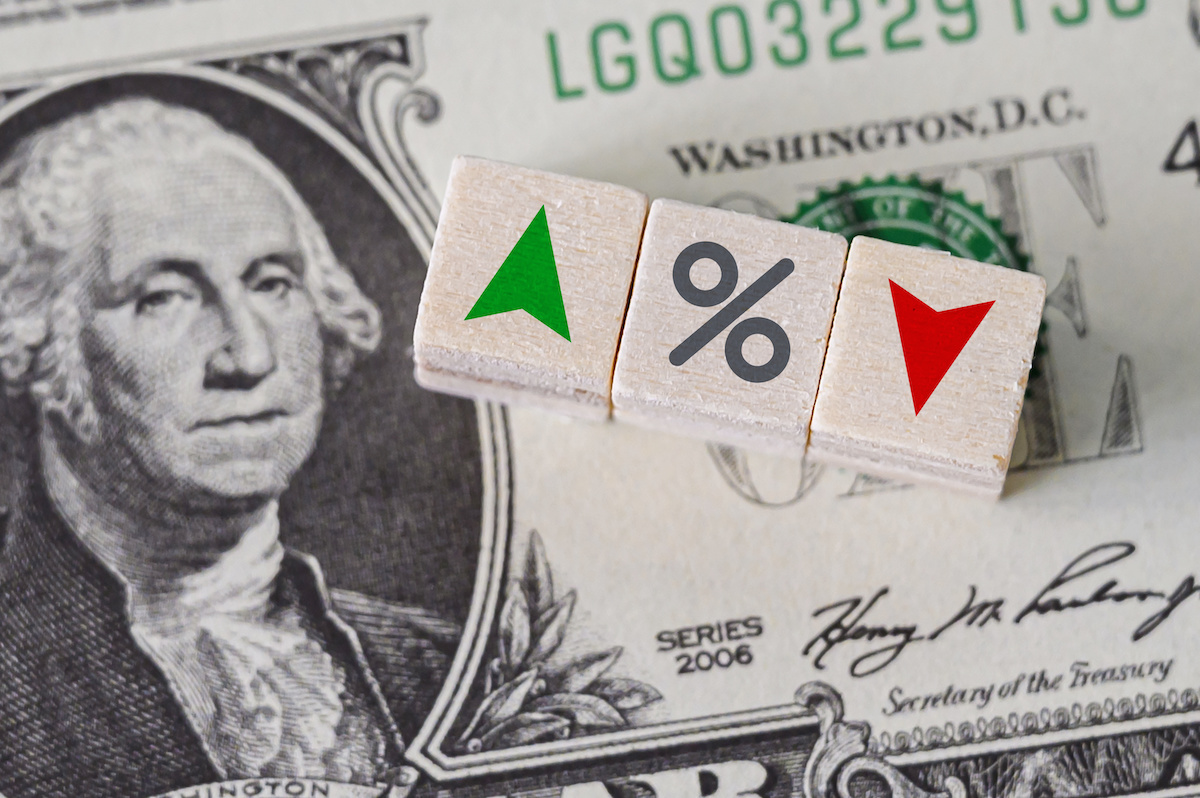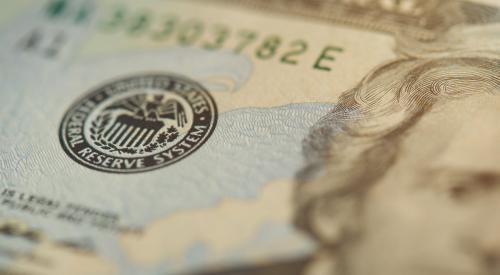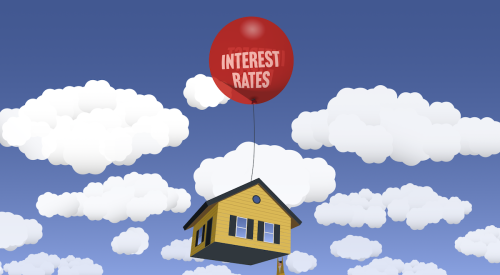The Federal Reserve has been closely watching the housing market and some are more nervous than others about the bank’s role in bond purchases and housing's financial stability. President of the Federal Reserve Bank of St. Louis told reporters he is “nervous” about an “incipient housing bubble,” citing anecdotal reports and data, reports the New York Times. Though he does not believe the market has reached a crisis level yet, he’s concerned about the Fed worsening the situation. Home prices continue upwards, reaching prices 15% higher than one year ago. A recent small banker survey found roughly half of bankers say the current state of the housing market poses a “serious” risk.
Lawmakers and economic policymakers alike are hoping things calm down — especially because frothy home prices could eventually spill into rent prices, worsening affordability for low-income families just as they face the end of pandemic-era eviction moratoriums and, in some cases, months of owed rent.
Industry experts say the current home price boom emerged from a cocktail of low interest rates, booming demand and supply bottlenecks. In short, it’s a situation that many are feeling acutely with no single policy to blame and no easy fix.
Fed officials face a particularly tricky calculus when it comes to housing.
Their policies definitely help to drive demand. Bond-buying and low Fed interest rates make mortgages cheap, inspiring people to borrow more and buy bigger. But rates aren’t the sole factor behind the home price craze. It also traces back to demographics, a pandemic-spurred desire for space, and a very limited supply of new and existing homes for sale — factors outside of the central bank’s control.
“Interest rates are one factor that’s supporting demand, but we really can’t do much about the supply side,” Jerome H. Powell, the Fed chair, explained during recent congressional testimony.
It’s an unattractive prospect to pull back monetary support to try to rein in housing specifically, because doing so would slow the overall economy, making it harder for the central bank to foster full employment. The Fed’s policy-setting committee voted Wednesday to keep policy set to full-support mode, and Mr. Powell said at a subsequent news conference that the economy remains short of the central bank’s jobs target.













